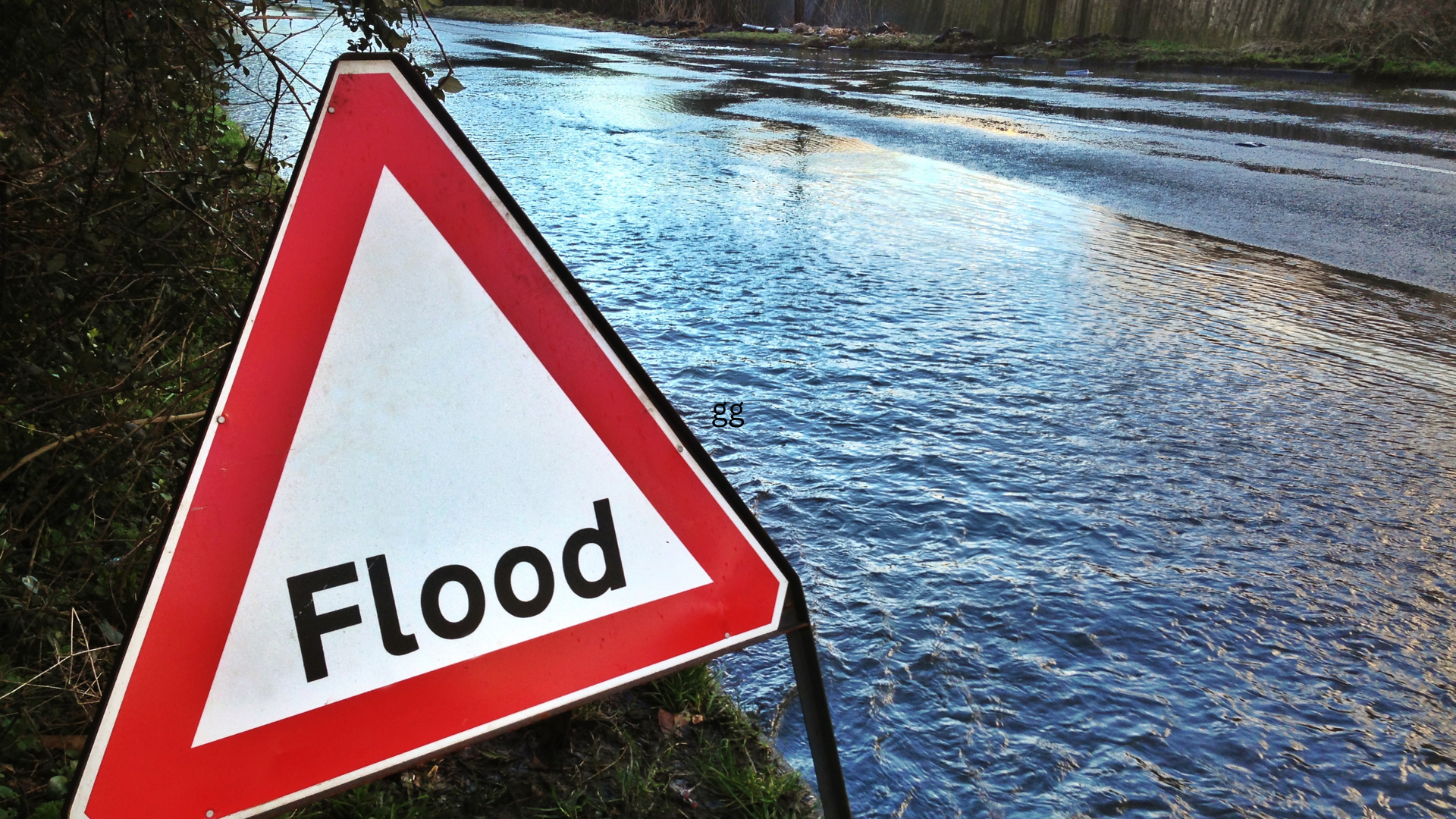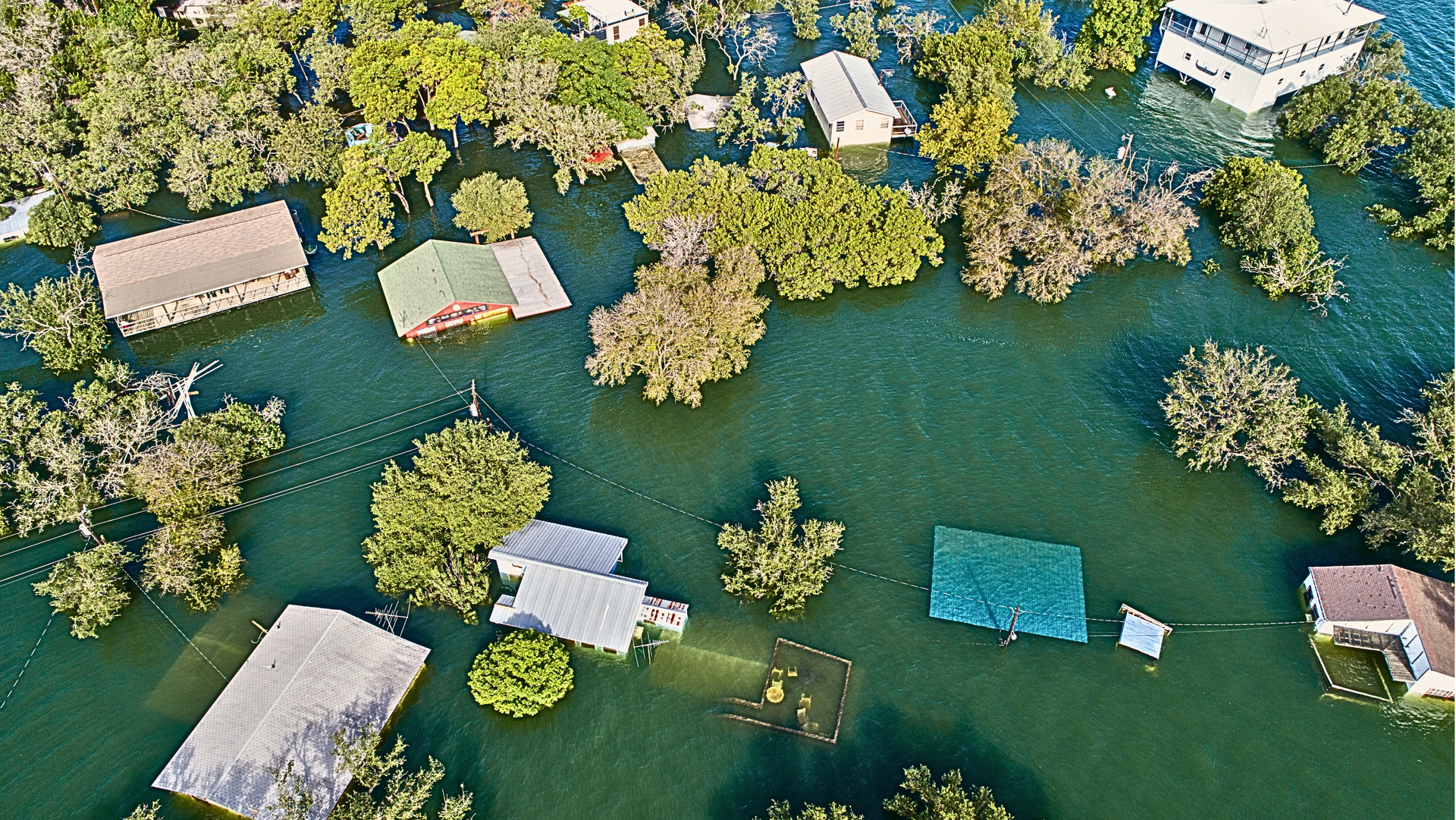LOMA - A Letter of Map Ammendment - What it can mean for you.
A real life story, and an example of what we do...

The stories about life and situations a Realtor can tell... and many we cannot. Here is a story I am happy to relate.
A few years ago....definitely before the pandemic. A young couple wanted to buy a home in the greater Gainesville area - not inside Gainesville - but on the outskirts, with some acreage. They fell in love with a home on a creek, not far from Gainesville. However, while the home was listed, on the market - the listing agent was not reachable for questions or scheduling showings. And then there was an update - the owner's name in the private remarks, asking buyer's agents to contact him directly. And then the home went off market. The agent called me back and stated he was not working with the seller any more. And that I could contact him directly.
A conversation with the seller yielded the story that they needed to sell, and quickly. Because she had been offered a job in another state, and needed to move. And he had requested a cancellation of the agreement with the listing agent, because he felt his home was not marketed to his satisfaction.
During our conversation, I was speaking to the seller about flood zones, and mitigation of flood risk. The seller asked me if I would list the home for him and his wife, because he found me knowledgeable about waterfront and flood zone issues. I agreed, because while I knew my buyers liked the home, I could not guarantee they would love it or buy it.
In REALTOR terms, I had two, individual Exclusive Transaction Broker agreements with both the buyers, and the seller. Which meant that the sellers were free to sell to whoever qualified, and the buyers were free to buy whichever home they loved. My promise to both, was that I would do my very best for both of them.
A co-incidence that does not happen often in our world - the home was listed on the market for a week, and while my buyers saw other homes as well - they went back to this one. A cute little home on a tiny town called Cross Creek.
The sellers had disclosed that the property was in a flood zone, and that they were paying for flood insurance. This was before the recent hurricanes drove flood insurance costs sky high. My buyers were prepared to pay for the flood insurance.
While we were filling out the disclosures, I asked the sellers if they had ever had an elevation study done, on the home. And he said he had, handing me over a survey map, and to my delight, an elevation certificate. He had the elevation certificate done at the time he purchased the home, but had no idea what to do with it.
The elevation certificate revealed that ALL the improvements - meaning the house, the a/c and the garage - were all above the flood plain. Which made total sense to me, because the house sat high above the bank of the creek. My brokerage has an account with FEMA, where we submit requests for LOMA - a Letter of Map Amendment. I must add here that not every elevation certificate will result in a LOMA that states NO requirement for flood insurance. However, this one was one that did.
The sellers were unhappy that no one had pointed out to them the benefit of the elevation certificate they had, and that they had paid for flood insurance for six years. However, they were happy for the young buyers, who would benefit from the LOMA.
NOW, What exactly is a LOMA?
Flood insurance is a vital safeguard for properties in high-risk flood zones, but what if your property doesn’t actually face the flood risk that FEMA’s maps suggest? That’s where a Letter of Map Amendment (LOMA) can make a significant difference. For homeowners, builders, and real estate professionals, understanding what a LOMA is—and how to obtain one—can lead to substantial savings and increased property value.
What Is a Letter of Map Amendment (LOMA)?
A LOMA is an official document issued by the Federal Emergency Management Agency (FEMA) that corrects or revises flood zone designations on a property. FEMA’s Flood Insurance Rate Maps (FIRMs) are used to determine flood risk and insurance requirements, but these maps are based on large-scale data and may not reflect precise topographical conditions on a specific parcel of land.
If a homeowner believes that their property, or a portion of it, is incorrectly mapped in a Special Flood Hazard Area (SFHA)—such as Zone AE or VE—they can request a LOMA by submitting documentation that proves the land is actually above the Base Flood Elevation (BFE).
Why Would You Want a LOMA?
The main benefit of a LOMA is potential removal of the mandatory flood insurance requirement. This can result in:
- Reduced insurance premiums or total elimination of coverage if it's no longer required by a mortgage lender.
- Increased property marketability, especially in areas where buyers are hesitant due to high flood insurance costs.
- Greater flexibility for development or renovations, particularly in neighborhoods with limited buildable land.
How to Qualify for a LOMA
To obtain a LOMA, you’ll need to provide elevation data demonstrating that the lowest adjacent grade (LAG) of the structure—or the property itself—is at or above the BFE. This typically involves:
- Hiring a licensed land surveyor or engineer to perform an Elevation Certificate, which verifies the precise elevation of the structure and land.
- Gathering property documentation, such as a deed, plat map, and tax parcel information.
- Submitting the application through FEMA’s online portal or by mail, along with all required documentation.
FEMA reviews the submission and, if approved, issues a LOMA that officially removes the structure or land from the high-risk flood zone.
When a LOMA Is Most Useful
- Newly constructed homes that were built above the BFE but fall within a mapped SFHA.
- Existing homes on elevated land that predates flood maps or is mapped inaccurately.
- Properties near flood zone boundaries where elevation varies significantly over a small area.
Things to Keep in Mind
- A LOMA applies only to the specific structure or portion of land it evaluates—it does not remove the entire property from the SFHA unless all relevant parts meet elevation requirements.
- Mortgage lenders may still require flood insurance as a condition of the loan, even with a LOMA, though this is rare.
- If flood maps are later updated, a new LOMA may be required to reflect any changes.
What we can do for you -
A Letter of Map Amendment can be a powerful tool for Florida homeowners and property investors looking to reduce costs and improve their property’s marketability. While the process requires some upfront investment in surveying and documentation, the long-term savings on flood insurance—and the peace of mind that comes with it—often make it well worth the effort. If you believe your property is inaccurately mapped in a high-risk flood zone, consulting with an experienced real estate professional can be the first step toward securing a LOMA and unlocking real value. We will help you obtain competitive quotes from area surveyors, and if applicable, apply for the LOMA on your behalf.
IF YOU ARE IN THE PRE-CONSTRUCTION STAGE, and you are contemplating building a home near a water source, please contact us, so we can help you find the best methods to mitigate flood risk.









